Many people slather on sunscreen before hitting the waves but don’t give a thought to eye protection while in the water.
Chronic sun exposure can lead to a common eye condition called pterygium, a noncancerous growth on the cornea that can affect vision.
Surfers and others who spend a lot of time outdoors and in the ocean have a greater potential for developing eye problems, according to Dr. Michael Bennett, founder of the Retina Institute of Hawaii and an active waterman himself. Water can reflect up to 100 percent of damaging ultraviolet light from the sun.
Pterygium is like a callous on the hand. It can be brutally painful,” he said.
“This is a big problem for surfers, windsurfers, fishermen and guys on the water here. They need to be wearing some sort of protection that prevents this,” Bennett said.
Pterygium can grow over the entire eyeball, causing a substantial loss of vision. The main symptom is an area of raised white tissue, which can become inflamed and cause burning, irritation or a feeling of having a foreign particle in the eye.
Surgery can be done to remove the scar tissue from the eye if vision is impaired, but there is a chance it will return. Once diagnosed, the most important course of action is to try to contain the damage and not let it get worse.
Goggles, sunglasses and tinted sports contact lenses that filter UVA and UVB light all work well as means of eye protection, but there are trade-offs, according to Bennett.
“It’s easiest to wear glasses, but they are the easiest to lose in the water. Polarized glasses provide water clarity and help with UV blockage,” he said. “Goggles stay secure but fog with great frequency, especially if you heat up and the water and air temperature remains relatively cool.”
Australian Jamie Mitchell, winner of eight consecutive Molokai-to-Oahu paddleboard races, wears polarized sunglasses while on the water.
“When I’m paddling I always wear sunglasses. I am lucky I am sponsored by Kaenon Polarized,” he said. “I feel it’s important to save your eyes from the sun, glare and elements as much as possible. Without our eyesight we have nothing, so I definitely like to protect my eyes.”
Seventeen-year-old Connor Baxter of Maui, who competes around the world in windsurfing, stand-up paddling and surfing, also believes that sun protection is of the utmost importance.
“I’m normally in the ocean from sunup to sundown,” he said.
Baxter uses tinted contacts by Nike, one of his sponsors, for sun protection. In general the specialized contacts range in price from $33 to $39 a pair and require a fitting from an eye doctor. The lenses that Baxter wears reduce glare and filter out 95 percent of UVA and UVB light. (A Nike spokesman said the lenses are no longer on the market while the company is changing manufacturers.)
“I try to use them as much as possible,” said Baxter, adding that the lenses begin to lose their polarization after a few weeks.
“I can wear sunglasses when I paddle for an hour. But when I’m paddling 32 miles for a race, it’s a real benefit to have the contact lenses. You get polarization and no glare, which is so helpful,” he said. “It definitely gives me an edge on the competition.”
Whether one prefers sunglasses, goggles or contacts, Bennett said “all are infinitely better than nothing at all.”
“I have tried them all and they all have their places — it’s up to the individual. Just like sunscreen and seat belts: trade-offs and hassles are a part of living.”
» For sports-tint contact lenses, check with an eye doctor or check online, including at www.mariettacontactlens.com and other websites.
» Kaenon Polarized sunglasses are sold in surf shops; find locations at www.kaenon.com.



🌎🌺 We’re lucky to live in a place filled with natural beauty—and we believe in doing our part to protect it.
Here’s how you can help us keep Hawaii green:
♻️ Recycle your contact lens containers and solution bottles
👓 Donate your old glasses to give someone else the gift of sight
Every small step helps protect the planet we call home—and the eyes that let us see its beauty. 💚🌊
#EarthDay #SeeTheBeauty #SustainableVision #RecycleForSight #Ophthalmology #EcoFriendlyEyeCare #HawaiiVisionCare ... See MoreSee Less
0 CommentsComment on Facebook
We’re egg-cited to wish you a day filled with bright sights, sweet treats, and time with the ones you love. 💛👀
This Easter, don’t forget to take a moment to appreciate the beautiful view—your eye health makes it all possible! ... See MoreSee Less
0 CommentsComment on Facebook
You shouldn't live with cloudy, fading vision. Our offices across the islands have all the technology, trained staff and experienced surgeons to bring your vision into focus with advanced, laser cataract surgery. Call us today at 808-955-0255 to schedule your exam.
#cataractsurgery #HawaiiHealth #VisionCorrection #hawaiieyecare ... See MoreSee Less
0 CommentsComment on Facebook
Whether it's macular degeneration or cataracts or a simple eye exam, you can find the most advanced care at our offices across the islands. Mahalo, David, for taking the time to tell about your experience with Dr. Miller and our Kona team while they took care of your macular degeneration. We take care of our patients like they are 'ohana.
🌺#ohana #MacularDegeneration #hawaii #bigisland #eyecare ... See MoreSee Less
0 CommentsComment on Facebook
Each year, approximately 100,000 people suffer sports-related eye injuries, with around 13,500 leading to permanent vision loss. Most sports-related eye injuries can be prevented by wearing the right protective gear. Visit our optical in Kona and Lihue to get outfitted with the right eyewear for your active lifestyle.
#SportsEyeSafety #protectiveeyewear #sportsprotection ... See MoreSee Less
0 CommentsComment on Facebook
Your vision plays a vital role in your quality of life, and routine eye exams can help detect early signs of systemic conditions like diabetes, hypertension, and more.
✅ Schedule your annual eye exam
✅ Protect your eyes from UV rays
✅ Eat a nutrient-rich diet for healthy vision
Let’s keep our eyes—and our bodies—healthy together. 💙
#WorldHealthDay #EyeHealthMatters #VisionCare #Ophthalmology #HealthyEyesHealthyYou ... See MoreSee Less
0 CommentsComment on Facebook